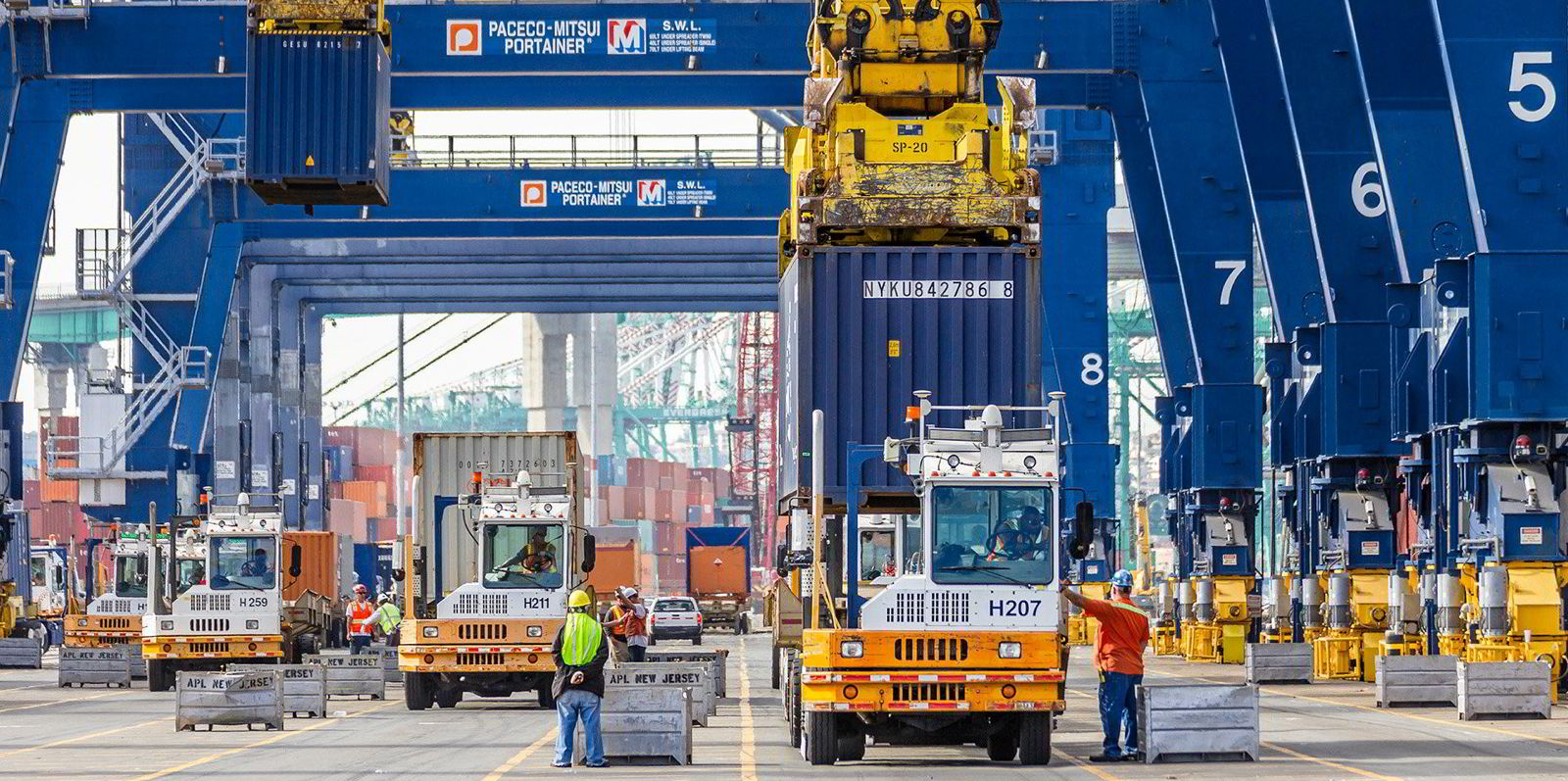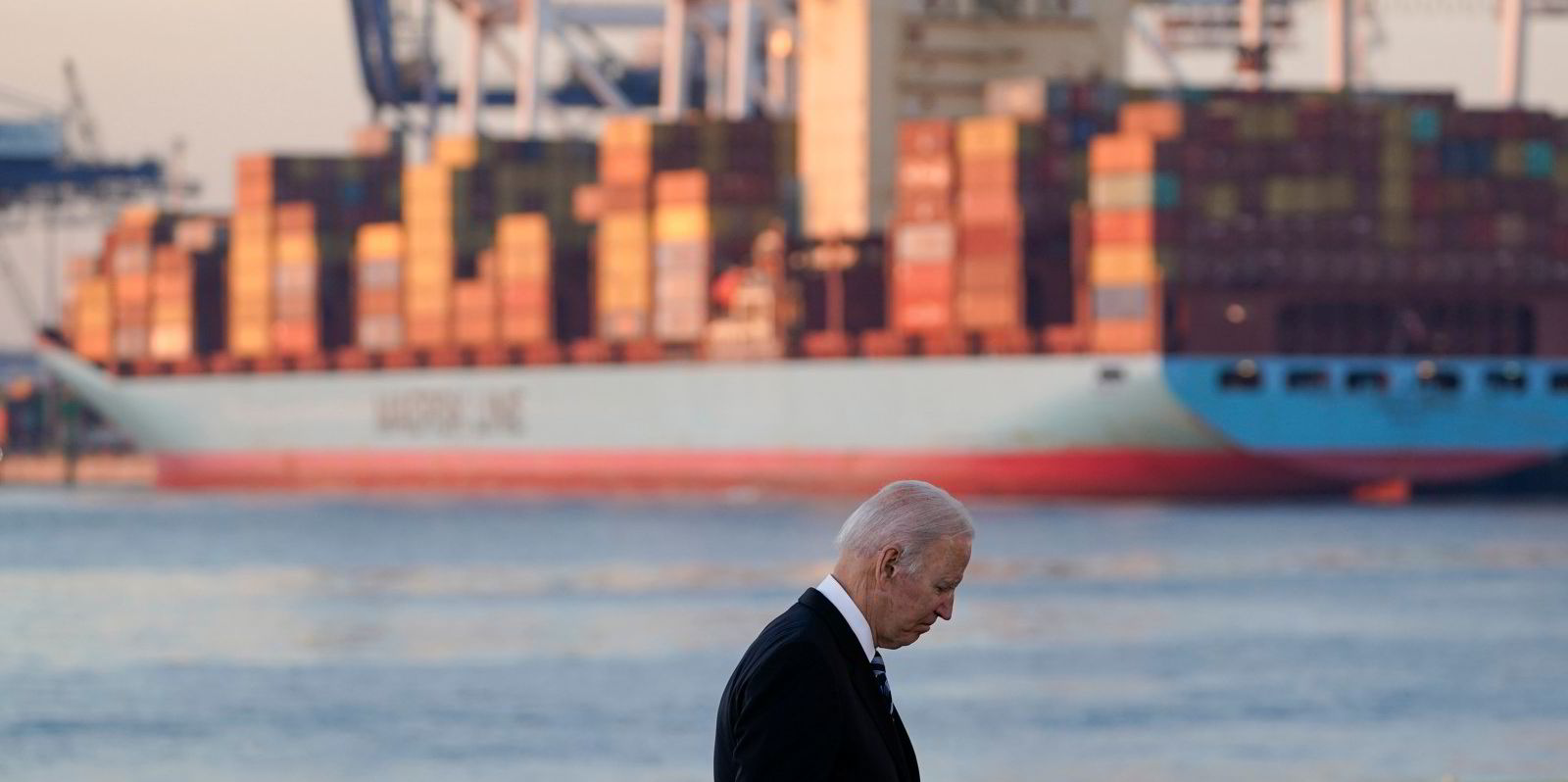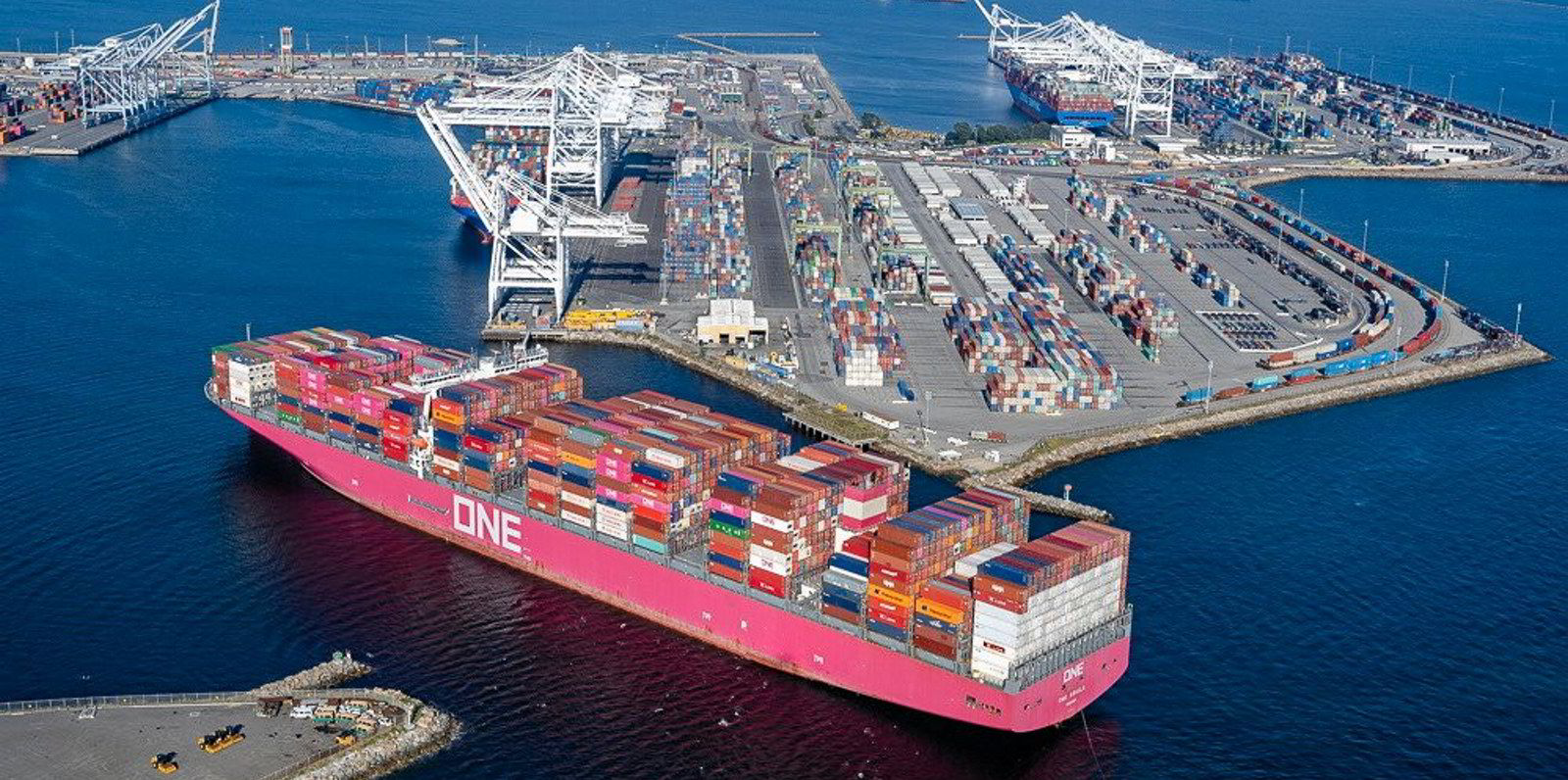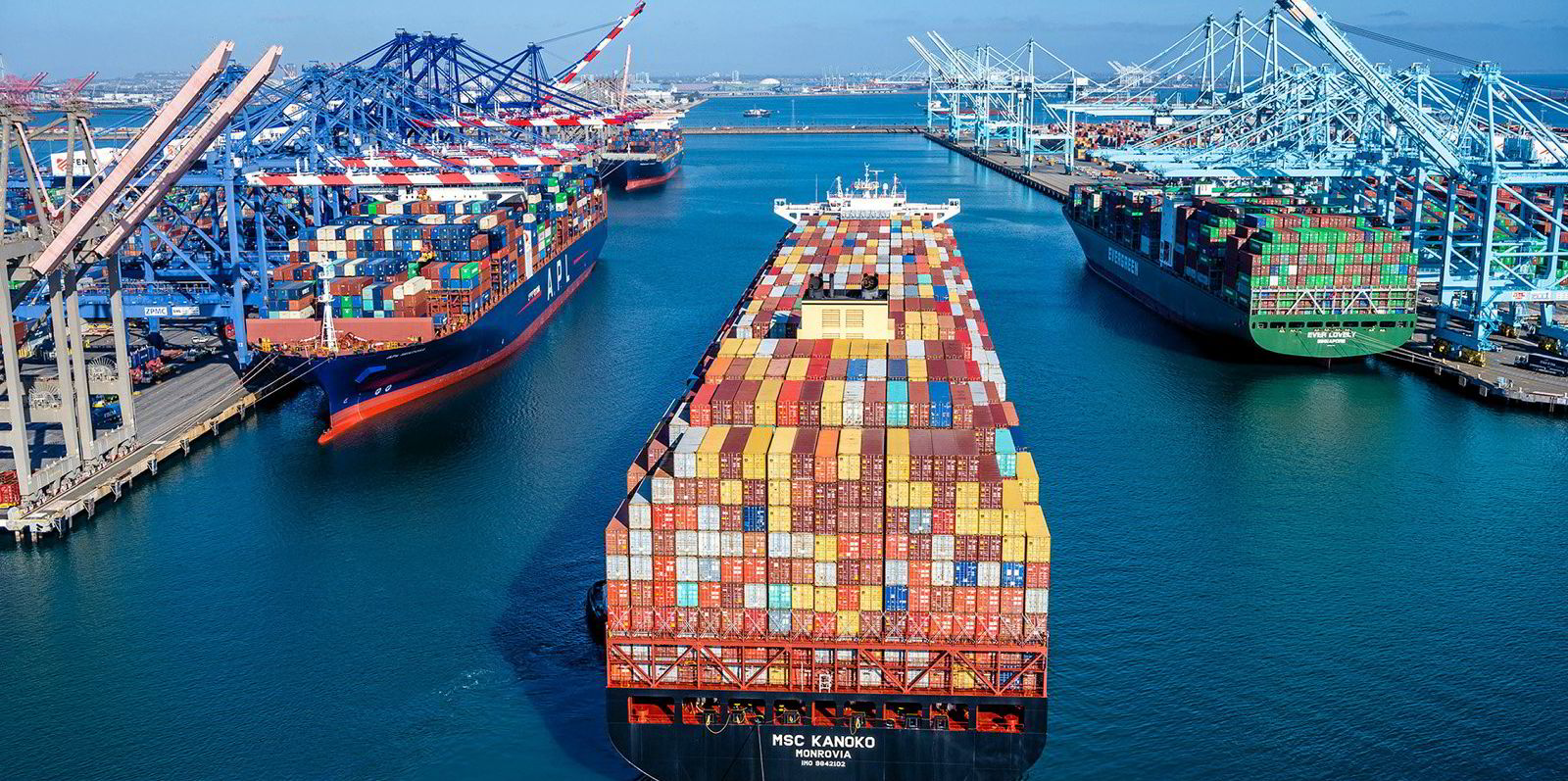The Christmas shopping season in the US does not traditionally begin until the day after Thanksgiving, but parents have already been thinking about holiday gifts.
American consumers have been shopping for Christmas ahead of time because the supply-chain crunch has become a regular factor of life, with television news showing images of containerships packed to the brim as they queue at overloaded ports.

And that is why the government of US President Joe Biden is front and centre, trying to appear like it's on top of the issue.
The Biden administration pushed for extended hours at the busy ports of Los Angeles and Long Beach in California.
When the same ports unveiled plans to start charging container dwell fees as financial penalties to lubricate the wheels of a clogged system, it won applause from the White House's supply-chain czar.
And on Monday, the US Federal Maritime Commission announced that it would explore whether data constraints are impeding the flow of cargo from ships to ports.
But there may be limits to how much can be done to unravel the US port congestion crisis because, in some ways, at the heart of the problem is not port capacity or available ships.
It's human behaviour.
Ask a container freight expert what is behind the vessel queues in San Pedro Bay and the lack of imported wine on liquor store shelves, and they'll tell you that shipping companies are facing high demand for shipping services because consumer demand for goods is high.
"There was a swing from spending on services to spending on goods back in the pandemic, and that hasn't changed," said Chris Rogers, principal supply chain economist at digital freight forwarder Flexport.
"So far, we're not seeing any sign of it swinging back."
In addition to having pushed container freight rates skyward, the skyrocketing consumer demand has also changed the way the box market typically works.
Europe has not seen container logistics snarls to the same extent as the US, where there is stronger seasonality and imports are dominated by a smaller number of ports.
Peak periods are typically followed by quieter periods, allowing any backlog to be unwound.
"If consumer demand remains elevated through much of the first quarter of next year, or even into the second quarter, that downtime and that opportunity to clear out doesn't happen, and guess what, we're suddenly into the next peak season," Rogers told TradeWinds.
The Biden administration has claimed that progress has been made. On 8 November, the number of containers dwelling on docks at Los Angeles and Long Beach had declined to the extent that authorities paused their plans to charge dwell fees.

That has not yet helped clear the vessel queue outside the ports. But container freight rates have started to come down as the peak shipping season comes to a close.
Meanwhile, on Monday, Biden signed a $1trn infrastructure spending bill that includes $17bn for ports. While the supply-chain crisis has put shipping and ports on the minds of Americans, that should not be seen as a way to prevent similar logjams.
After all, the problems of today resulted from a problem that could not be predicted, and that could unwind once the Covid-19 pandemic is in the rear-view mirror.
Even once the pandemic had started, no one predicted that consumer spending on goods would actually increase as spending on services declined, said Zvi Schreiber, chief executive of container freight booking platform Freightos.
Even if they did, in a capital-intense, low-margin industry, no one would have considered it wise to invest in new ports and container terminals in case consumer spending shifts.
"Even if people had an inkling that this might happen, and digitalisation would have helped somewhat, I don't know that anyone would have really made the investment necessary to really be ready to have so much spare capacity for a situation like this," Schreiber said.
The new money to be spent on ports will be best spent solving the opportunities and challenges of the future, such as decarbonising logistics and serving the nascent offshore wind sector.
Today's supply chain problems are best solved by getting out of this pandemic.





